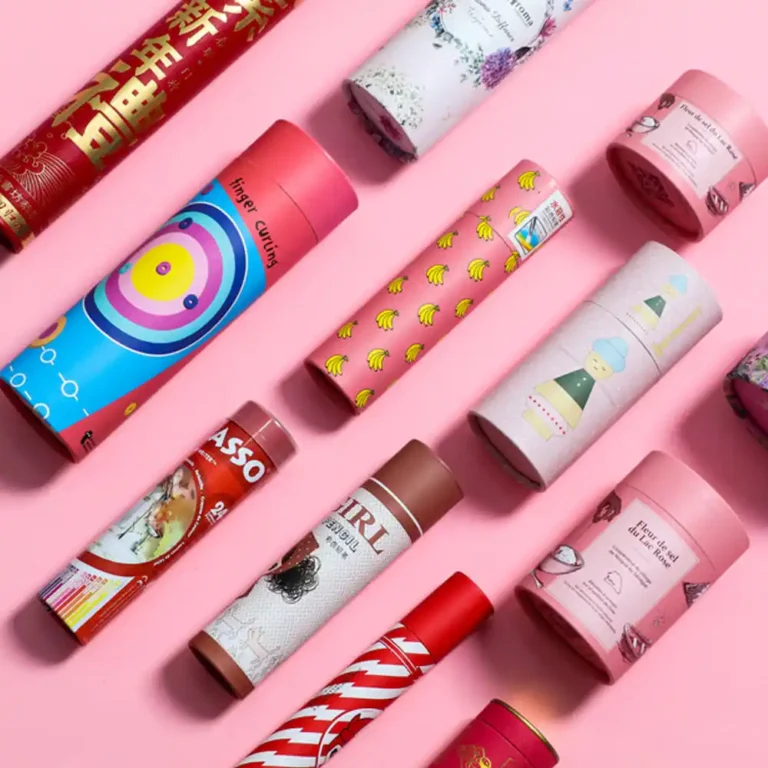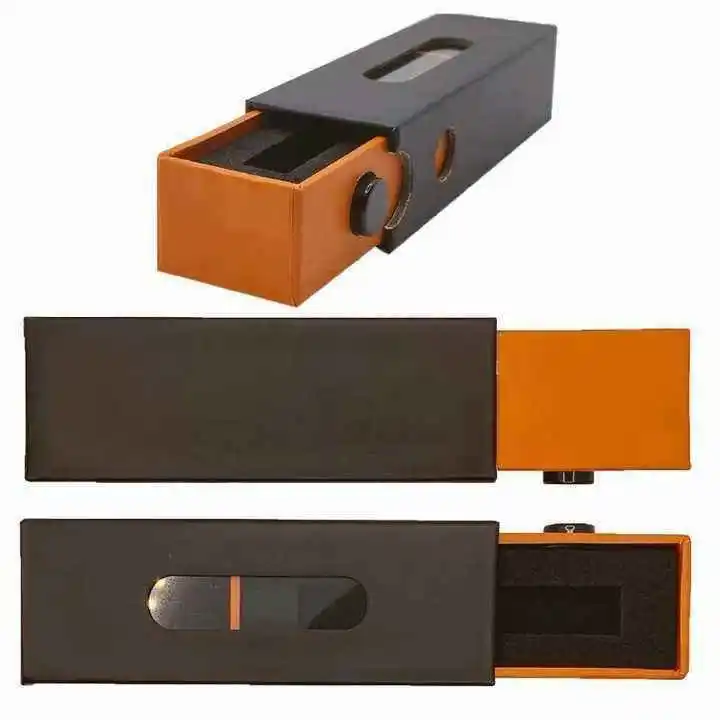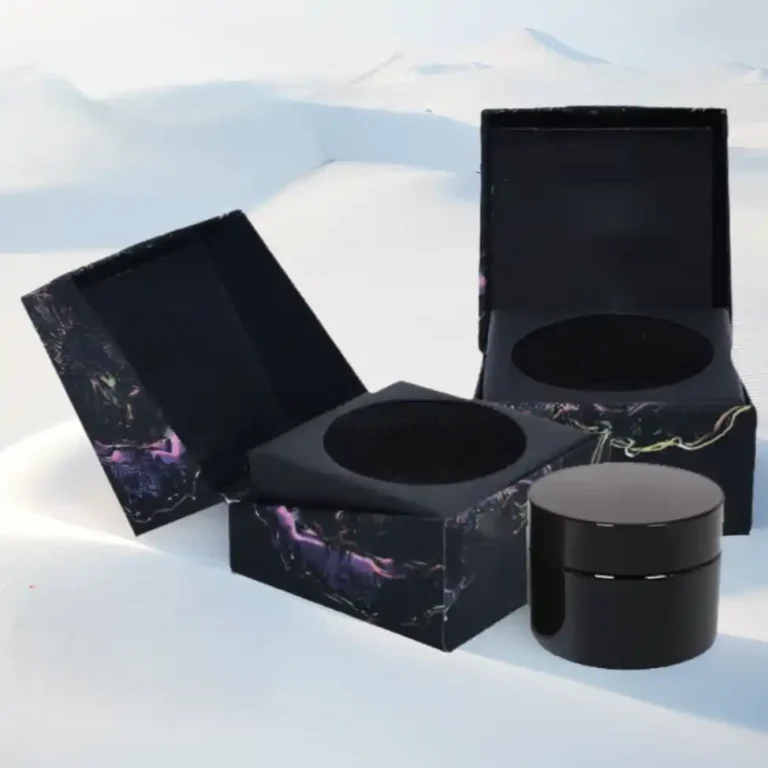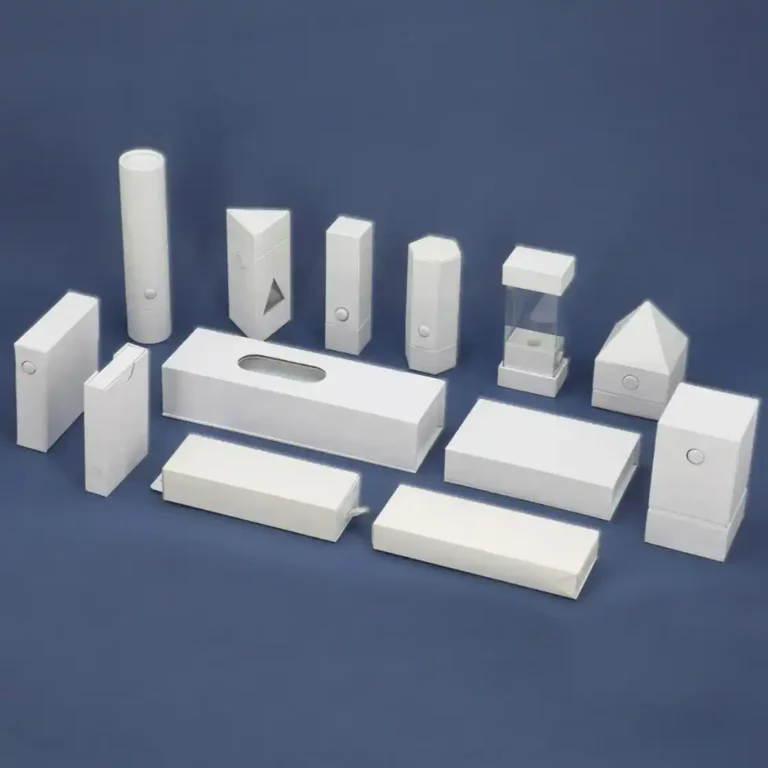Regulatory Standards For Child-Resistant Packaging
If you sell anything that kids could mistake for candy – pills, gummies, vapes, concentrates, even colorful cleaners – child-resistant packaging isn’t just a “nice to have”. It sits right in the middle of safety law, brand risk, and retailer approvals.
Let’s walk through the main regulatory standards, what they really mean for your box structure, and how a factory like Zhibang can help you tick the compliance box without killing your shelf appeal.
Table of Contents
What Is Child-Resistant Packaging Under the Law?
In regulations, “child-resistant” has a very specific meaning. It doesn’t mean “impossible to open”. It means:
- Young children find it hard to open or access the product
- Normal adults can still open and close it without a fight
Regulators use real kids and adults in panel tests. Children try to open the pack within a set time. Adults need to open and then re-close it correctly. If enough kids fail and enough adults succeed, the structure passes.
For you as a brand or buyer, that translates into three design checkpoints:
- The closure needs a deliberate action (push-and-turn, squeeze-and-slide, hidden latch, etc.)
- The structure must stay closed in bags, pockets, and shipping
- The opening force and motion can’t be too hard for seniors or people with weak grip
This is exactly the balance we target when we develop child-resistant packaging for cannabis, CBD, pharma-style and wellness brands.
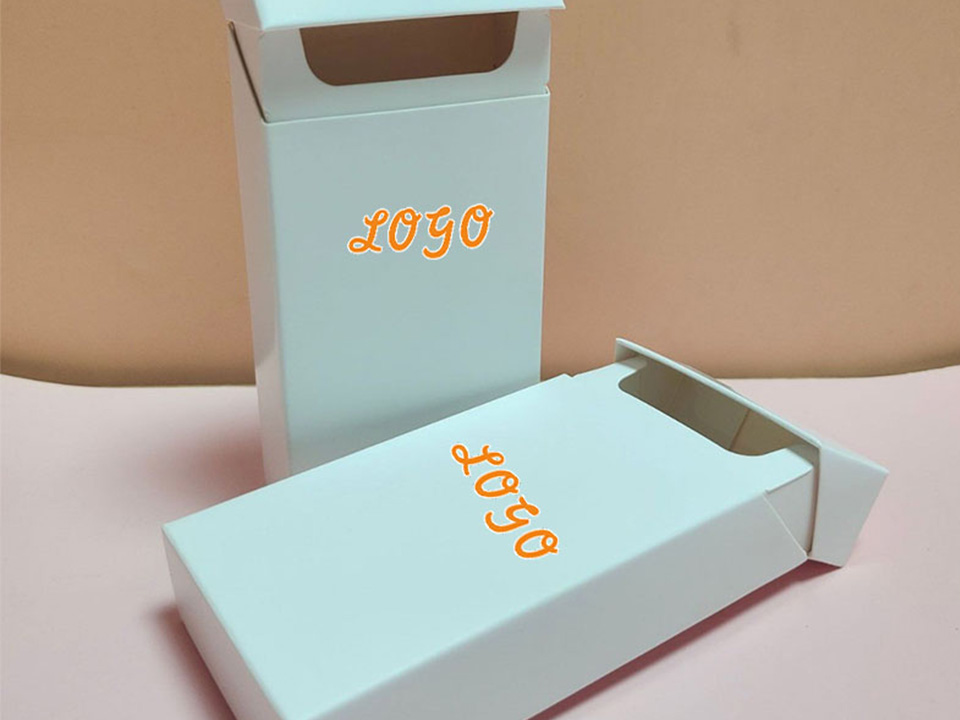
Key Child-Resistant Packaging Regulations in the United States
Poison Prevention Packaging Act (PPPA) Requirements
In the U.S., the core law is the Poison Prevention Packaging Act (PPPA). It tells you which products must use child-resistant packaging, such as:
- Many prescription and over-the-counter drugs
- Certain vitamins and supplements
- Some hazardous household chemicals and cleaning products
If your formula sits on that PPPA list, you don’t really have a choice. Every SKU in that category needs a compliant pack – bottle, blister, carton, or kit.
This is why big retailers and chain pharmacies ask for CRP test reports up front. No report, no listing. When we build structures for items like CBD oils or wellness drops in CR-style cartons and tubes, we design around that PPPA expectation from day one.
16 CFR 1700 Child-Resistant Performance Standards
The 16 CFR 1700 rules spell out how to check if a pack is truly child-resistant. They cover:
- How many children must fail to open the pack in the test
- How many adults must open and re-close it correctly
- How to run the child panel and adult panel step by step
From a packaging engineer’s view, this becomes your CRP spec:
- Minimum and maximum torque or squeeze force
- How deep to hide a slider tab
- How much play you allow in a drawer box or paper tube
When Zhibang designs a child-resistant vape cartridge box, we build these details into the dieline, not as an afterthought. That helps you avoid late-stage line trials and painful rework.
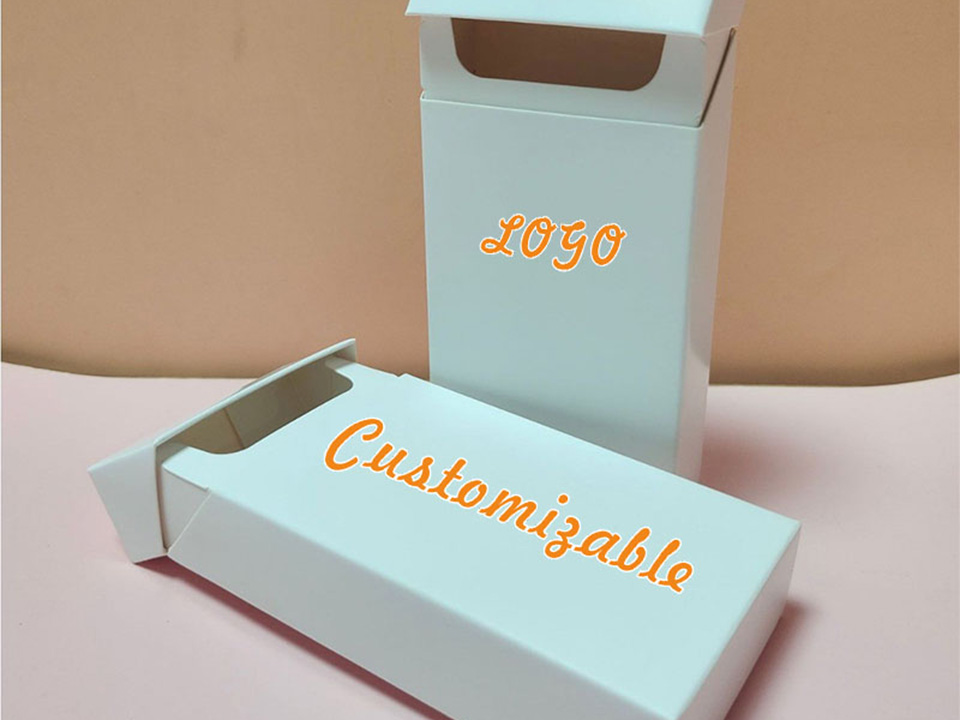
International Child-Resistant Packaging Standards
ISO 8317 Child-Resistant Packaging Standard
If you export, you’ll run into ISO 8317, the international standard for reclosable child-resistant packaging. It covers packs like:
- Bottles with CR caps
- Reusable jars with special lids
- Rigid boxes that can open and close many times
The child and adult test logic is similar to the U.S., but ISO 8317 gives a global language. One test report can support multiple markets.
For brands selling beauty, wellness, or CBD internationally, it’s common to pair ISO 8317-style closures with custom printed rigid boxes or sleeves. For example, a concentrate jar with a CR cap nested inside premium concentrate packaging boxes keeps both regulators and retailers happy.
EN 14375 and EN 862 for Non-Reclosable Packs
In Europe, two other standards show up a lot:
- EN 14375 – non-reclosable packs for medicines (blister packs, sachets, tear-open units)
- EN 862 – non-reclosable packs for non-pharma products (household chemicals, certain consumer goods)
These standards focus on single-use packs. Kids should not be able to tear or peel their way in easily, even if the product looks like candy.
If you run EU programs for small-format products, your folding cartons or sleeves need to work with EN-compliant inner packs. Zhibang often supplies the outer printed carton or rigid sleeve that is sized and engineered around EN-tested blister or pod packs.

Child-Resistant Packaging for Cannabis and CBD Products
Cannabis and CBD have their own regulatory maze. Most U.S. states require child-resistant packaging for:
- Flower and pre-rolls
- Vapes and cartridges
- Concentrates and dabs
- Edibles and infused gummies
The twist: rules are mostly state-level, but many states refer back to PPPA logic and CPSC-style testing.
Typical real-world scenarios:
- A dispensary brand needs custom pre-roll boxes with a locking mechanism and warning icons
- A concentrate label wants a compact CR drawer box with foam for jars
- An e-commerce brand needs flat-shipping paper CR packs that still pass child tests after assembly
For these projects, we use structures like:
- CR sliders for pre-roll multipacks, such as a child-resistant pre-roll slider box
- CR paper tubes and cartons for carts, like a child-safe cardboard tube box
- Magnet-plus-lock systems for higher-end sets
Because Zhibang already runs many SKUs in marijuana packaging, we know the usual state-level “red lines” – warning labels, opacity, panel layout, and space for universal symbols.
Testing Protocols and Certification for Child-Resistant Packs
Child Panel and Adult Panel Testing
No matter which standard you follow, the testing flow looks similar:
- Child panel test A group of children tries to open the pack within a set time. If too many succeed, the design fails.
- Adult panel test Adults (including seniors) open and re-close the pack. If too many fail, the design is considered unfriendly and also fails.
For brands, the key is to lock the structure early. Running CR tests on a half-final design wastes budget and time. We usually move from white dummy → printed sample → CR structure lock, then you send that version for testing.
Documentation, Certificates, and Traceability
Regulators and big buyers don’t just ask “Is it child-resistant?”. They want a paper trail:
- Test reports from a lab using PPPA / 16 CFR / ISO / EN methods
- Clear notes on which exact structure and size was tested
- Traceability from SKU code to packaging spec and supplier
When we supply CR cartons, tubes, or boxes – for example, biodegradable cannabis concentrate boxes or a CR vape slider – we help you fix a stable spec so your test report matches the production run.
Summary Table of Major Child-Resistant Packaging Standards
You can drop this table straight into your content as a quick reference for buyers, designers, or compliance teams.
| Standard / Regulation | Region / Scope | What It Covers | What It Means for Your Packaging |
|---|---|---|---|
| PPPA | United States | Defines which medicines and hazardous products must use child-resistant packaging | If your formula is on the PPPA list, every pack size and format for that SKU needs a CR solution |
| 16 CFR 1700 | United States | Test methods and performance rules for child-resistant packs | Your structure must pass child and adult panel tests; design details like torque, tabs, and locks must align |
| ISO 8317 | Global | Reclosable child-resistant packaging | Ideal for export or multi-country launches using bottles, jars, or reclosable rigid boxes |
| EN 14375 | European Union | Non-reclosable CR packaging for medicines | Blister packs, sachets, and other one-time formats must be tested and proven child-resistant |
| EN 862 | European Union | Non-reclosable CR packaging for non-pharma products | Relevant for household chemical and some consumer goods in the EU market |
| State cannabis rules (various) | U.S. states | Child-resistant requirements for cannabis and THC products | Pre-rolls, carts, and edibles must be in CR packs; many states reference PPPA logic and CR test methods |
How Zhibang Helps Brands Stay Compliant and On-Brand
As a print and packaging factory focused on custom OEM/ODM work, Zhibang works with:
- Brand owners and manufacturers
- Cross-border e-commerce sellers and marketplace brands
- Wholesalers, distributors, and trading companies
- Design studios and agencies running packaging projects for their clients
- Buyers in beauty, skincare, food, and gifting
Our role is simple: connect regulations with real boxes.
For cannabis and CBD brands, we already produce full lines of child-resistant packaging, including custom cannabis pre-roll multipack boxes and child-resistant cannabis box designs. For premium segments, we can match CR structures with luxury finishes like foil, soft-touch lamination, or glitter, similar to what you see in our paper gift boxes.
Because everything is custom and produced in bulk, we can:
- Align your dielines with PPPA / 16 CFR / ISO requirements
- Reserve print space for warning icons, THC symbols, dosing info, and batch labels
- Keep assembly and filling simple for your co-packer or in-house line
If you’re planning a new CR project, you can start from any structure in our cannabis and CR range, then tweak size, graphics, inserts, and finishes. That way, your brand stays consistent on shelf – and your compliance team sleeps better.
You can explore more options or start a brief directly with Zhibang Packaging, and we’ll help you translate these regulatory standards into safe, good-looking packaging your buyers can actually produce at scale.






